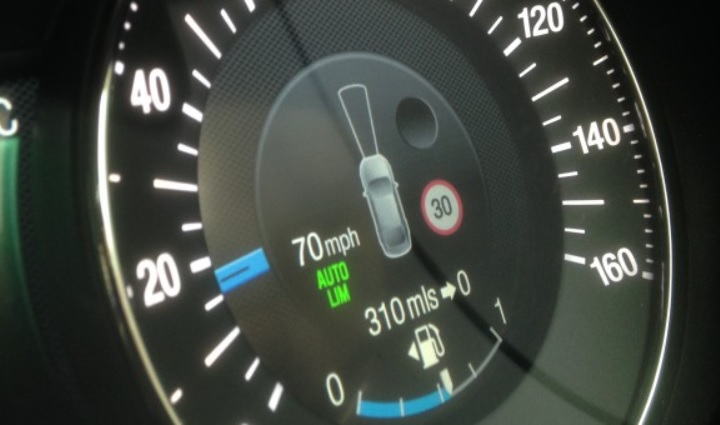
Image: ETSC
The European Parliament has voted through a package of new minimum vehicle safety standards which will improve the safety of all road users, especially those considered vulnerable.
Under the new legislation, which was approved by MEPs on 16 April, all new vehicles sold in Europe from 2022 will be fitted, as standard, with a range of new safety features including intelligent speed assistance (ISA).
For passenger cars and light commercial vehicles, the legislation also mandates autonomous emergency braking (AEB) – which is already compulsory for lorries and buses – as well as an emergency lane-keeping system.
New lorries will be required to have improved levels of ‘direct vision’ to give the driver a greater chance of seeing pedestrians and cyclists around the vehicle.
The DfT has earlier confirmed that the package of measures – which must still be approved by the EU Council of Ministers – will apply in the UK, whatever the outcome of Brexit.
Róża Thun, a Polish MEP who helped to steer the legislation through European Parliament, said: “This law is paving the way to save thousands of lives in the coming years. Our focus was always on the safety of road users, especially vulnerable ones.
“The additional obligatory equipment for cars, trucks and buses will help to save people’s lives.”
‘A massive step forward’
The European Transport Safety Council (ETSC) has welcomed the outcome of the European Parliament vote and praised the package of measures for its focus on all road users, not just car occupants.
Antonio Avenoso, executive director of the ETSC, said: “Thanks to this legislation, the latest safety technologies will be fitted as standard on new vehicles in Europe.
“It’s a massive step forward that could prevent 25,000 deaths on our roads within 15 years.
“Importantly, the new requirements will also improve the safety of all road users, not just vehicle occupants.
“Lorry drivers will have better visibility of pedestrians and cyclists around their vehicles, all drivers will find it easier to keep within the posted speed limits, and automated emergency braking systems will be able to detect people, not just other vehicles.”
Interesting article recently in Which? magazine indicating that ISA is not without its difficulties. Some cars are picking up the speed limits of slower side roads they are passing and are slowing the car down unexpectedly.
Seems that ISA would need to work in conjunction with Bob’s safe following-on recommendations in such circumstances to avoid an increase in rear end shunts. There are usually unintended consequences accompanying the benefits of new technology.
Pat, Wales
0
The EU states there are 3 forms of ISA:
1. Informative or advisory ISA gives the driver a feedback through a visual or audio signal. A Speed Alert System is an informative version of ISA; it is able to inform the driver of current speed limits and speeding.
2. Supportive or warning ISA increases the upward pressure on the accelerator pedal. It is possible to override the supportive system by pressing the accelerator harder.
3. Intervening or mandatory ISA prevents any speeding, for example, by reducing fuel injection or by requiring a “kick-down” by the driver if he or she wishes to exceed the limit
The draft legislation is a bit woolly but indicates that its a mix of 1 and 2, but not 3.
Peter, Liverpool
+1
Unfortunately ISA will only reduce the numbers of speeders if the system cannot be manually switched off (but that could be made an offence I suppose).
I say unfortunately because statistically the vast majority of incidents and collisions occur at lower speeds and sometimes well below the speed limit.
What would happen at road works etc on motorways where there are temporary speed limits in force? I don’t suppose that this system would work or will it not merely rely on GPS and be able to read such signs and operate accordingly.
If it reads signage will it also read the ‘information ones’ and not just the ‘mandatory’ ones as the information ones are not obligatory but merely for the information or consideration of drivers.
R.Craven
0